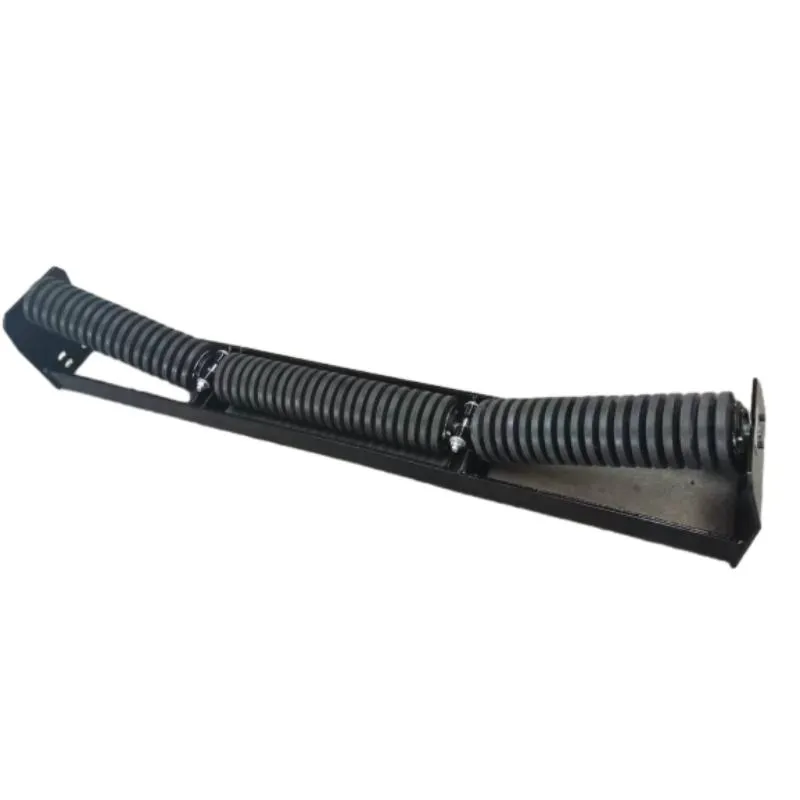 Afrikaans
Afrikaans  Albanian
Albanian  Amharic
Amharic  Arabic
Arabic  Armenian
Armenian  Azerbaijani
Azerbaijani  Basque
Basque  Belarusian
Belarusian  Bengali
Bengali  Bosnian
Bosnian  Bulgarian
Bulgarian  Catalan
Catalan  Cebuano
Cebuano  Corsican
Corsican  Croatian
Croatian  Czech
Czech  Danish
Danish  Dutch
Dutch  English
English  Esperanto
Esperanto  Estonian
Estonian  Finnish
Finnish  French
French  Frisian
Frisian  Galician
Galician  Georgian
Georgian  German
German  Greek
Greek  Gujarati
Gujarati  Haitian Creole
Haitian Creole  hausa
hausa  hawaiian
hawaiian  Hebrew
Hebrew  Hindi
Hindi  Miao
Miao  Hungarian
Hungarian  Icelandic
Icelandic  igbo
igbo  Indonesian
Indonesian  irish
irish  Italian
Italian  Japanese
Japanese  Javanese
Javanese  Kannada
Kannada  kazakh
kazakh  Khmer
Khmer  Rwandese
Rwandese  Korean
Korean  Kurdish
Kurdish  Kyrgyz
Kyrgyz  Lao
Lao  Latin
Latin  Latvian
Latvian  Lithuanian
Lithuanian  Luxembourgish
Luxembourgish  Macedonian
Macedonian  Malgashi
Malgashi  Malay
Malay  Malayalam
Malayalam  Maltese
Maltese  Maori
Maori  Marathi
Marathi  Mongolian
Mongolian  Myanmar
Myanmar  Nepali
Nepali  Norwegian
Norwegian  Norwegian
Norwegian  Occitan
Occitan  Pashto
Pashto  Persian
Persian  Polish
Polish  Portuguese
Portuguese  Punjabi
Punjabi  Romanian
Romanian  Russian
Russian  Samoan
Samoan  Scottish Gaelic
Scottish Gaelic  Serbian
Serbian  Sesotho
Sesotho  Shona
Shona  Sindhi
Sindhi  Sinhala
Sinhala  Slovak
Slovak  Slovenian
Slovenian  Somali
Somali  Spanish
Spanish  Sundanese
Sundanese  Swahili
Swahili  Swedish
Swedish  Tagalog
Tagalog  Tajik
Tajik  Tamil
Tamil  Tatar
Tatar  Telugu
Telugu  Thai
Thai  Turkish
Turkish  Turkmen
Turkmen  Ukrainian
Ukrainian  Urdu
Urdu  Uighur
Uighur  Uzbek
Uzbek  Vietnamese
Vietnamese  Welsh
Welsh  Bantu
Bantu  Yiddish
Yiddish  Yoruba
Yoruba  Zulu
Zulu Durable Steel Bearing Housing Solutions for Enhanced Performance and Reliability
Understanding Steel Bearing Housings
Steel bearing housings are critical components in a wide range of machines and mechanical assemblies. Designed to house and protect bearings, these enclosures play a pivotal role in ensuring the smooth operation of engines, turbines, conveyor systems, and countless other applications. The significance of choosing the right bearing housing cannot be overstated, as it directly impacts the performance, durability, and maintenance of machinery.
What is a Steel Bearing Housing?
A steel bearing housing is essentially an outer casing that encases bearings. Its primary function is to support the bearings and protect them from environmental elements, contaminants, and physical impacts. Bearing housings come in various shapes and sizes, corresponding to the specific type of bearing they house. The use of steel in manufacturing these housings provides enhanced strength, rigidity, and resilience compared to housing made from weaker materials.
Why Choose Steel?
1. Strength and Durability Steel is known for its high tensile strength and toughness. These properties make steel bearing housings suitable for heavy-duty applications where bearing loads can be significant. The durability of steel helps in prolonging the life of the bearings, ultimately reducing the frequency of maintenance and replacement.
2. Resistance to Wear and Tear Steel bearing housings can withstand harsh operating conditions, including exposure to high temperatures and corrosive environments. This resistance is crucial for industries such as mining, construction, and manufacturing, where machinery operates under demanding conditions.
3. Cost-Effectiveness Although the initial investment in steel bearing housings may be higher compared to alternative materials, their longevity and reduced need for maintenance make them a more cost-effective choice in the long run.
Types of Steel Bearing Housings
There are several types of steel bearing housings, each designed for specific applications
- Square and Rectangular Housings These are commonly used in conveyor systems and heavy machinery. Their shape allows for easy mounting and alignment.
steel bearing housing

- Flanged Housings Featuring a flange for easy attachment to machinery, flanged housings are popular in various sectors, including automotive and aerospace.
- Split Housings Designed for larger bearings, split housings facilitate easier maintenance and replacement, as they can be disassembled without removing the entire assembly.
- Pedestal Housings Often used in heavy-duty applications, pedestal housings provide additional support and stability for bearings in larger machines.
Installation and Maintenance
Proper installation and maintenance of steel bearing housings are essential to ensure optimal performance. Here are a few best practices
1. Alignment Bearings should be correctly aligned within the housing to prevent uneven wear and potential failure. Misalignment can result in vibration and excessive heat generation.
2. Lubrication Adequate lubrication is vital to reduce friction and wear. The choice of lubricant (grease or oil) depends on operating conditions and manufacturer recommendations.
3. Regular Inspection Routine checks for signs of wear, corrosion, or damage should be conducted. Early detection of issues can prevent catastrophic failures and costly downtime.
Conclusion
In conclusion, steel bearing housings are indispensable components in many industrial applications. Their strength, durability, and resistance to harsh conditions make them ideal for supporting bearings in diverse machinery. By understanding the importance of material selection, design types, and maintenance practices, businesses can ensure the longevity and efficiency of their mechanical systems. Investing in high-quality steel bearing housings is a strategy that ultimately pays off through enhanced operational reliability and reduced maintenance costs.
-
Revolutionizing Conveyor Reliability with Advanced Rubber Lagging PulleysNewsJul.22,2025
-
Powering Precision and Durability with Expert Manufacturers of Conveyor ComponentsNewsJul.22,2025
-
Optimizing Conveyor Systems with Advanced Conveyor AccessoriesNewsJul.22,2025
-
Maximize Conveyor Efficiency with Quality Conveyor Idler PulleysNewsJul.22,2025
-
Future-Proof Your Conveyor System with High-Performance Polyurethane RollerNewsJul.22,2025
-
Driving Efficiency Forward with Quality Idlers and RollersNewsJul.22,2025





























